When it comes to e-commerce marketplace dominance, Amazon is at the top of the food chain.
Over 44% of all product searches begin in Amazon’s search bar, and Amazon owns almost half of all U.S. online retail sales.
And if CEO Jeff Bezos has anything to say about it, that’s just the beginning.
Even some of the other biggest retail giants in the world have a tough time competing against Amazon.
Companies like Walmart, Apple, Macy’s, and Costo still can’t stack up against the behemoth that is Amazon.
So how can anyone else even compete? How do you stand a chance?
Well, you don’t.
The simple truth of the matter is that you don’t really stand a chance of competing.
But the key is that you don’t actually have to compete.
You just have to learn how to co-exist.
DON’T compete with Amazon
The bottom line is that you won’t be able to invest the time and capital it takes to build anything close to what Amazon is offering.
In terms of infrastructure, scale, and sheer sales numbers, they’re killing it.
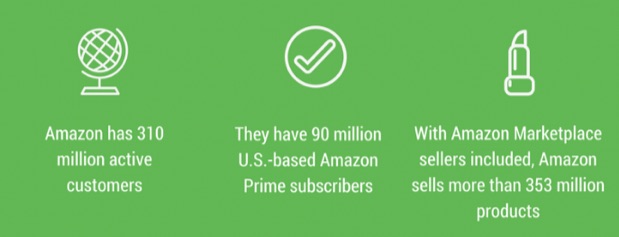
They have a massive physical footprint as well, which is only growing with their recent launch of brick-and-mortar stores around the U.S.
But you probably already know that you can’t compete with their size.
Some may tell you that even if you can’t compete with their scale, you can compete in other ways, like offering competitive discounts and free shipping for your own customers.
But in terms of product pricing, you still probably can’t offer a better deal to your customers than the price they could find on Amazon.
And yes, free shipping is cool. But Amazon has and will probably always have better shipping deals simply because they can afford to have better shipping deals.
In these instances, you can’t beat them.
But there is one realm where you can live in the same relative sphere as Amazon: customer experience.
Amazon has a lot of the same problems that most retailers have when dealing with customer service. They still deal with customer complaints with varying degrees of success, just like everyone else.
And customer experience can play a big role in customer retention and loyalty.
So while you might not have the means and motives of the largest retailer on the Internet, you can still offer something that customers want:
Experience.
Here are a few ways to offer a comparable customer experience to Amazon’s without breaking the bank.
1. Create a solid product offering for your niche
As Neil Irwin once pointed out, Amazon has a “winner-takes-all” approach to sales.
They want to sell every product in every category. If you think about it, their “niche” is really a lack of a niche. They sell to everyone.
But you can’t do that. You simply can’t appeal to the wide audience that Amazon does with their vast selection of products.
So what can you do instead? Do just the opposite: sell within a niche.
Just like you can’t appeal to the wide audience that Amazon markets to, Amazon can’t satisfy every need in every niche. That’s where you have an opportunity to fill in the gaps.
If you already have a decent product offering and audience, start with what you have. Look at your existing products and find a way to fit them into a narrower niche.
This might mean that you focus on curating products that meet customer demands rather than trying to be ultra-competitive on product pricing.
Studies show that after customer experience, the second biggest reason a customer will ditch your brand is dissatisfaction with the product itself.
You can save yourself a few headaches by putting some extra effort into marketing and promoting your products and making sure they work for your audience.
But don’t be afraid to look for other smaller product categories and niches that might serve your audience, too.
The other way that you can go about niching is by using Amazon’s categories to find smaller, profitable niches that fit well with a current customer base and product line.
If you go to Amazon, you can find hundreds of niche ideas on their site directory.
Clicking on any product category will also give you a list of dozens more niche and category ideas.
This will give you a better idea of the types of products your customers may want from your brand.
When you can tailor the shopping experience to their specific tastes, you can “compete” with Amazon because you’re giving them what they want in a one-stop shop: your site.
2. Use customer data to inform your business
Amazon collects data on every single customer of their 300 million customers.
They collect information on all kinds of things: browsing details (IP addresses, operating system, etc.), search queries, wishlists, reviews and previous order history, and other datasets.
They do this to inform a lot of their marketing strategies and determine how to best serve their customers in other ways.
Some of the things they use customer data for include:
- Product recommendations based on previous searches, wishlists, and order history
- Kindle book recommendations based on data from Goodreads
- One-click ordering based on user profiles
- Anticipatory shipping (their patented model) based on user profiles
- Supply chain optimization based on customer locations (user profiles)
- Product pricing optimization based on search inquiries and competitive data
- Cloud storage optimization (Amazon Web Services) based on user data
A former Amazon employee once said that Amazon “has the ability to track both what people are buying as well as what they search for and can’t find.”
This is part of what gives them the edge over competitors in a lot of ways.
But you can also use customer and competitive data to help improve your offerings in the same way that Amazon does.
One retailer, Spearmint LOVE, saw a year-over-year growth of 991% when they started using their customer data to create more targeted Facebook Ads, for example.
They were also able to use dynamic product ads to retarget shoppers who had visited their site, improving their reach by simply using basic data you can easily gather from Google Analytics.
According to research cited by McKinsey, companies that use customer data to inform their practices see 85% more sales and 25% more gross margins than those that ignore their data.
You can use the behavioral data you already have in your database (customer profiles and shopping history, etc.) to improve key areas of customer acquisition and retention.
Just because you can’t shell out hundreds of thousands of dollars to acquire data like Amazon does, it doesn’t mean you can’t use the same strategies they use to propel your business forward.
It’s a matter of using the resources you do have to improve your offerings.
3. Consider adding subscription services
Convenience is something Amazon offers in abundance.
They do this by offering subscription services like Subscribe and Save, which offers customers the chance to receive specific products automatically every month.
An Amazon Prime membership also comes with some convenience perks like free two-day shipping and unlimited streaming and use of Amazon’s other services.
They now also offer Amazon Payments, which gives customers the additional convenience of being able to purchase items from other retailers using an Amazon account. (Amazon also tracks these purchases to fuel their data even further, of course.)
Adding something like a subscription service not only provides convenience for customers, but it also can help your own revenue.
Research shows that businesses with subscriptions increase revenue twice as fast as their competitors and see 2x the overall growth.
To take advantage of a subscription model like Amazon’s and consider offering renewable subscriptions for certain products that are likely to be repeat purchases.
Or, if few of your products lend themselves to repeat purchases, consider offering a curated box of specific items every month (the subscription box model) like Birchbox and Dollar Shave Club.
Other ideas might include:
- Subscription-based shipping plans
- Offers from specific manufacturers
- Product discounts for membership
This not only sets you up for more sales in the long run, but it also gives customers a chance to get products from you without sacrificing their convenience.
4. Improve your shipping
Now, you can’t directly compete with Amazon when it comes to shipping.
Technically, not even Amazon fulfillment can compete with Amazon.
According to GeekWire, Amazon lost $7.2 billion from shipping in 2017 between what it cost them and what they charged. But they have more than enough revenue from other sources to make up for it.
You probably don’t.
The goal isn’t to compete, anyway. Your goal is to stay in the game.
To do that, there are plenty of ways you can improve your shipping to provide additional convenience and customer service.
First up, consider offering free or discounted shipping for a minimum threshold or for specific products.
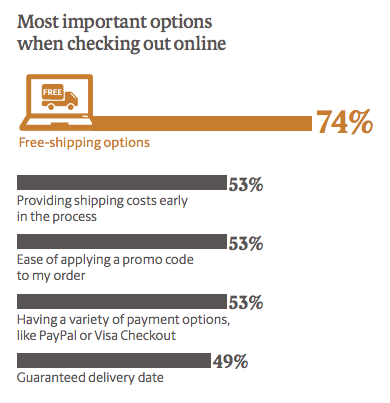
For example, REI offers free shipping on purchases over $50, but they include other caveats to the rule that allow them to maintain this offer without losing money. For example, the offer isn’t valid for special orders or prior purchases.
Studies show that 48% of shoppers on average https://blog.kissmetrics.com/compete-against-amazon/
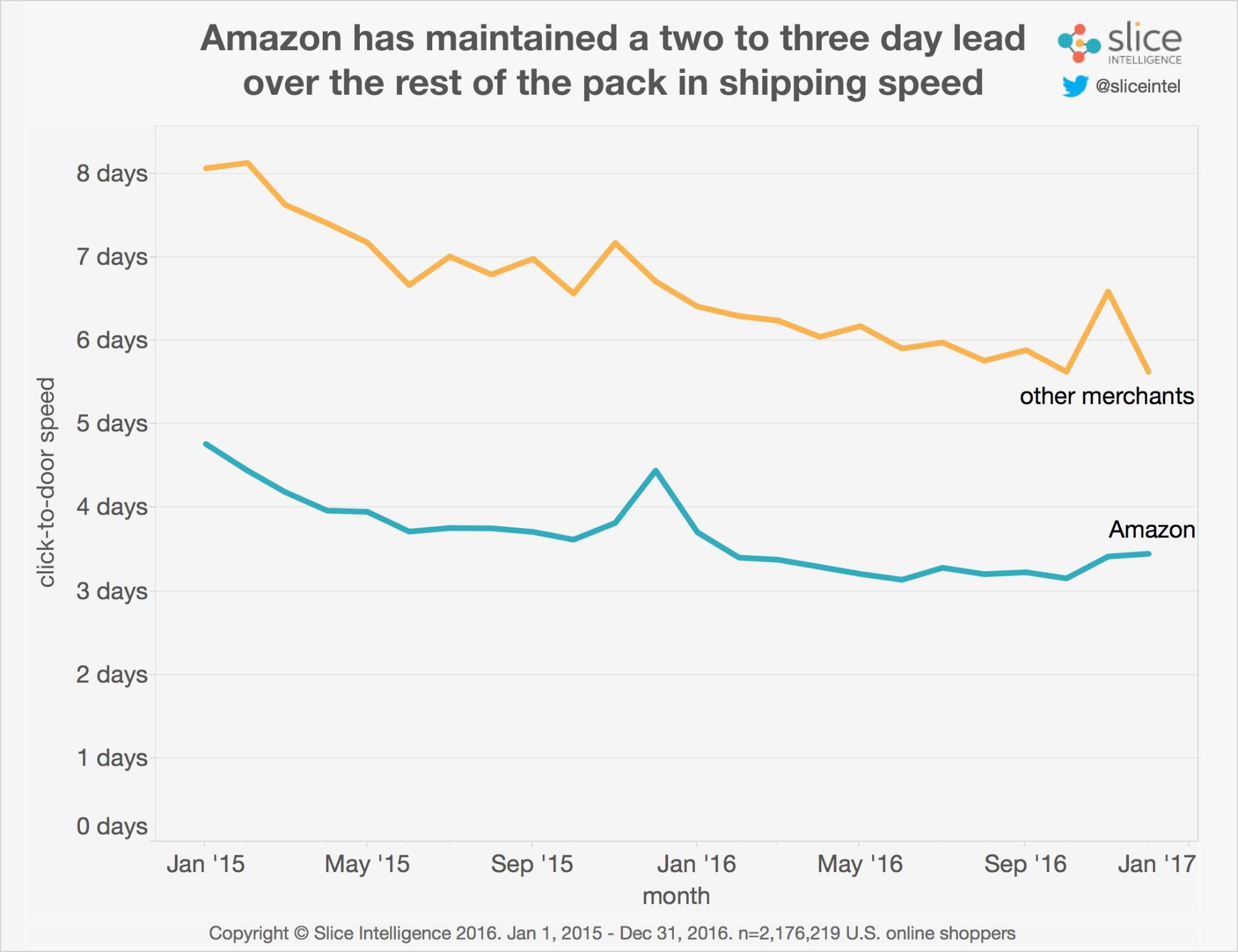

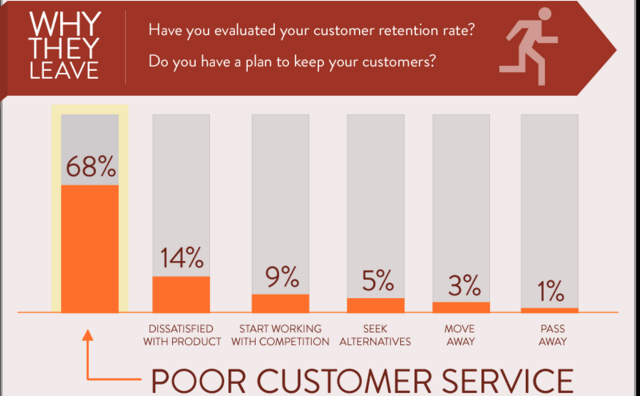
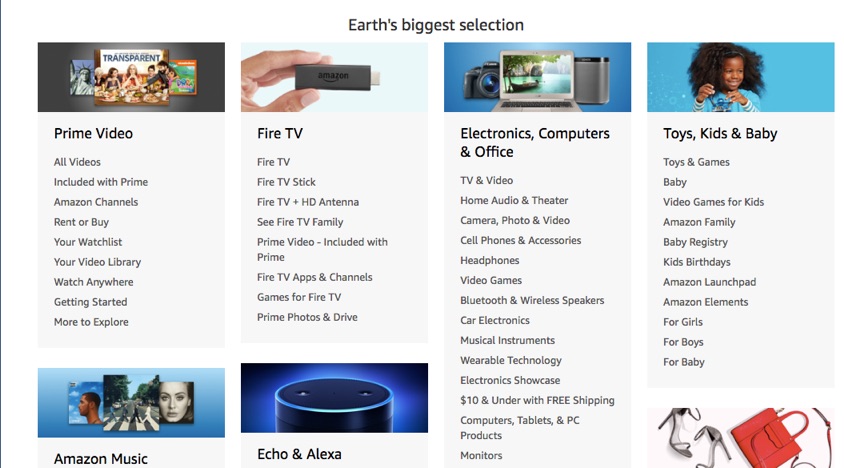
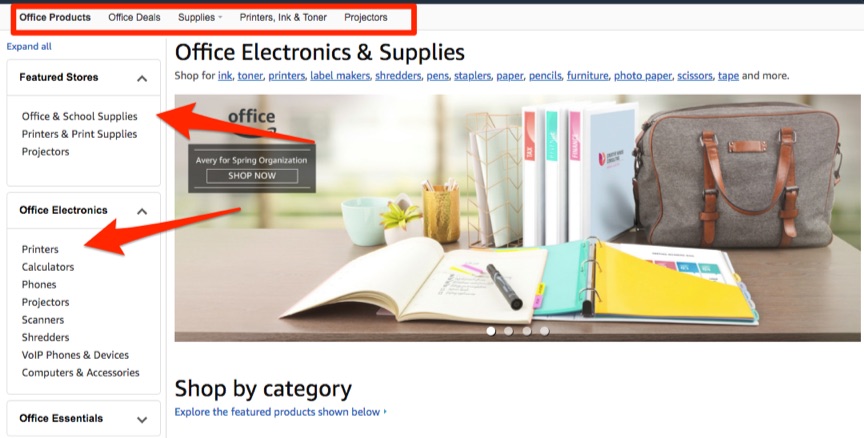



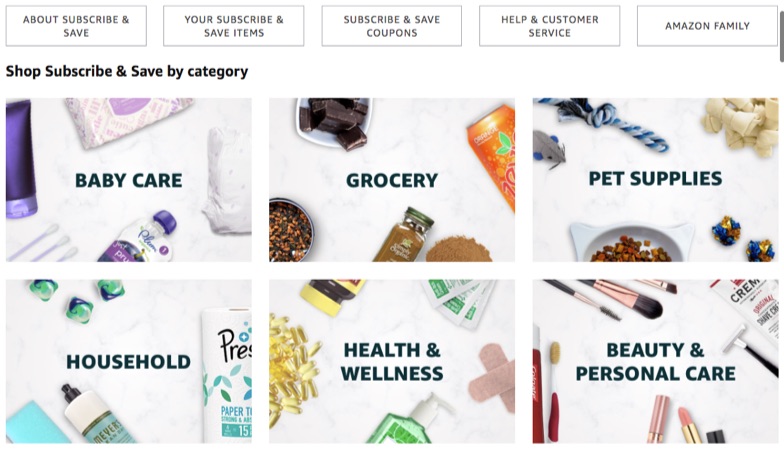

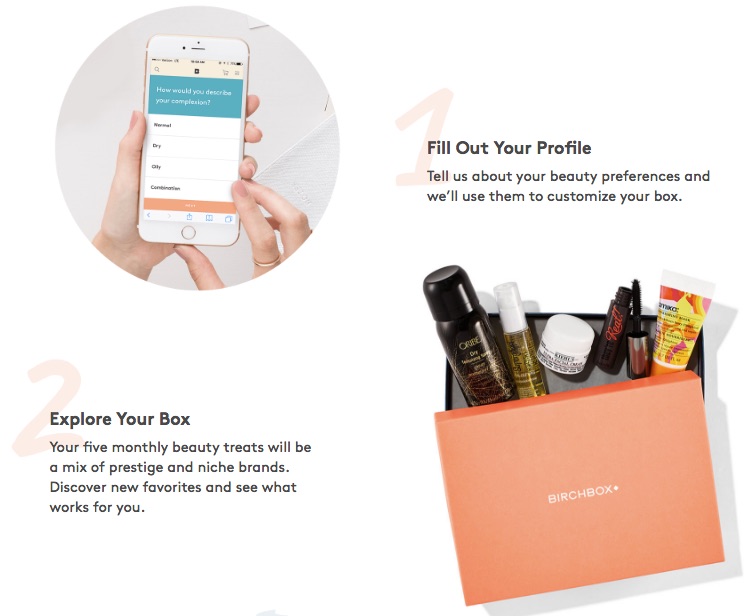
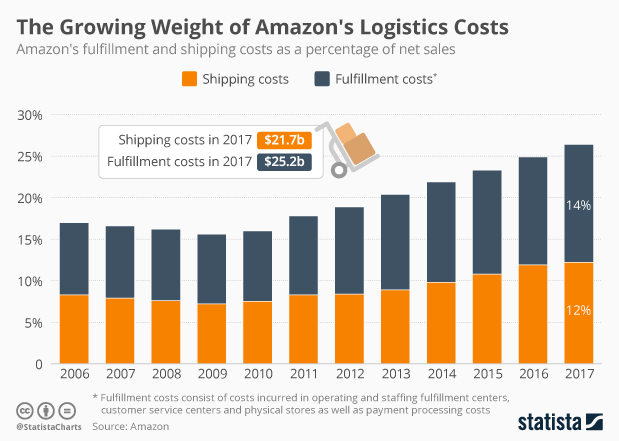

No comments:
Post a Comment